How to Take Care of Your Flowers Like an Expert
We tried multiple methods, but we configured that the most important pillars of caring for a flower are the following:
Water them consistently, provide a bunch of sunlight, apply balanced fertilizers, regularly prune and deadhead, protect against pests and diseases, and mulch to promote vibrant and healthy blooms.


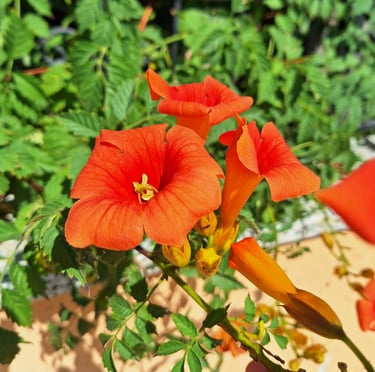





Proper Watering Techniques to Better Care for Your Flowers
Plant watering is the lifeblood of your garden, similar to caring for perennials and growing flowers from seeds or any other plant. It is best to aim for a consistent watering schedule, but different flowers have different needs.
We have a bunch of flowers we take care of and we water them differently.
Maximizing Sunlight Exposure
Similar to maintaining and taking care of garden plants, photosynthesis is crucial for growth and plant reproduction, requiring sufficient sunlight. Like ours, most flowering plants thrive with six to eight hours of direct sunlight daily.
Observe your garden's light patterns and place your flowers accordingly. If you have spaces with less sunlight, there are also flowers that love shade out there.
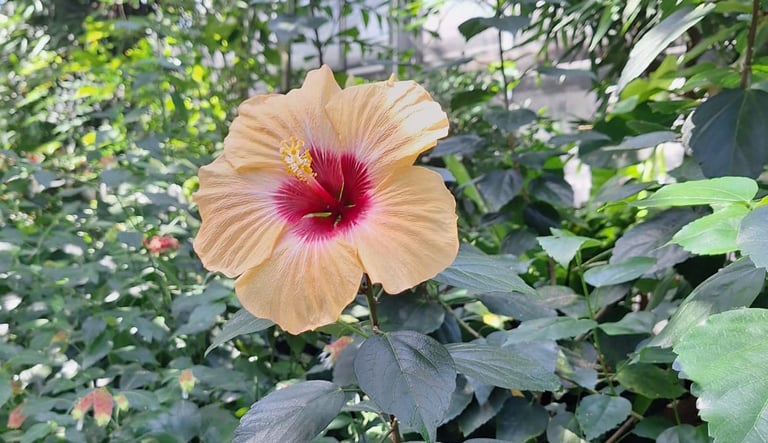

Fertilizing the Plants for Even More Blooms
Use a balanced, slow-release fertilizer for your flowers throughout their growing season. Organic plant fertilization, such as compost or fish emulsion, can also enrich the soil and support healthy plant development.
Expert tip: Another method to enrich the soil for your flowers is by implementing compost. There are a bunch of organic composting methods that are all very effective and have helped us grow flowers way healthier and better.
Pruning and Deadheading for Long-Term Health
Regular maintenance, including pruning and deadheading (removing spent blooms), encourages plants to produce more flowers, no matter whether tropical bloomers or Asian flowers. We do this regularly; it helps our flowers produce more blooms.
Pruning shapes the plant, promotes air circulation, and focuses energy on the healthiest blooms.
Deadheading prevents plants from spending energy on seed production, redirecting it to new growth and flowers.
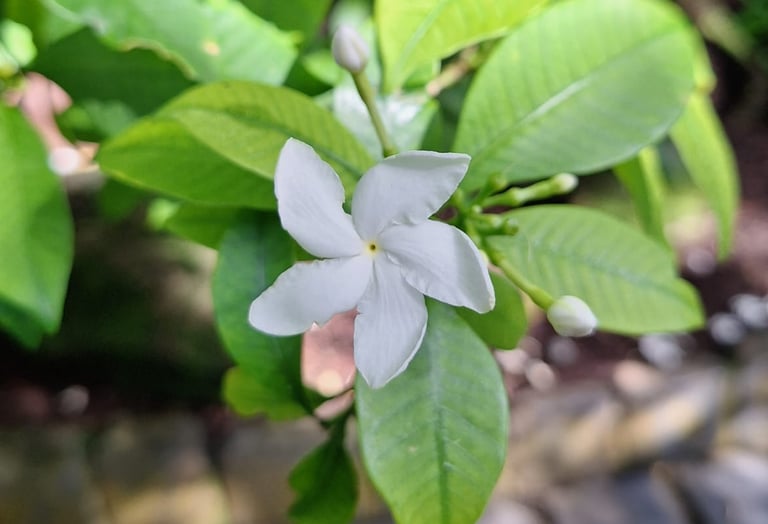





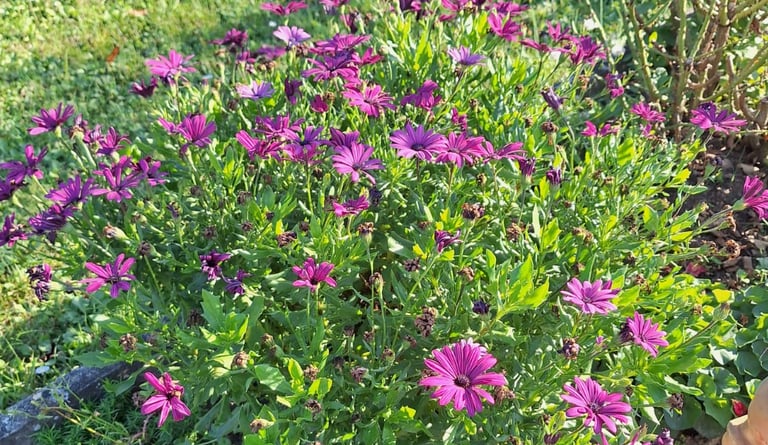




Protecting Against Pests and Diseases
It is best to inspect plants regularly for signs of common pests and diseases like fruit flies or Blight and address issues correctly with appropriate organic or chemical treatments. Implementing preventive measures, such as proper spacing and crop rotation, can also mitigate potential problems.
Mulching to Maintain Moisture and Health
Mulch retains soil moisture, regulates temperature, and stops weeds. Organic mulches, like straw or bark, additionally enrich the soil as they decompose making your flowers more beautiful and better to harvest and press later on.
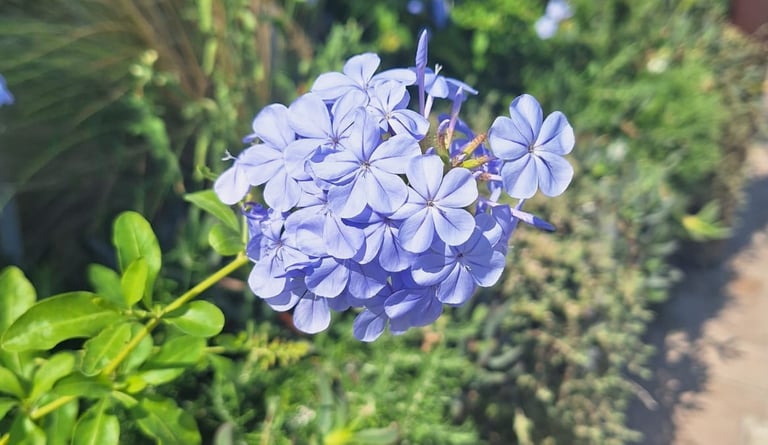





Sources
Nature and Sustainability uses only high-quality sources, including peer-reviewed studies to support the facts we describe in our articles. Please read our editorial policy to learn more about how we keep our content accurate, reliable, and trustworthy.
General knowledge on flower maintenance: https://www.wikihow.life/Care-for-Flowers, https://extension.missouri.edu/publications/g6511, https://www.almanac.com/caring-perennial-flowers
Watering flowers: https://www.almanac.com/how-water-flowers-watering-tips
Fertilizing flowers: https://ag.umass.edu/home-lawn-garden/fact-sheets/fertilizing-flower-garden-plants, https://www.thespruce.com/choose-right-flower-fertilizer-1315828
Pruning flowers: https://www.wikihow.com/Prune-Flowers
Pests: https://aggie-horticulture.tamu.edu/ornamental/a-reference-guide-to-plant-care-handling-and-merchandising/pests-of-foliage-flowering-plants/, https://content.ces.ncsu.edu/insect-and-related-pests-of-flowers-and-foliage-plants
Diseases: https://extension.usu.edu/pests/ipm/notes_orn/list-flowers/other-diseases
Share this article:




Article By:
Calin is in the garden industry for 5 years now and has a lot of knowledge about gardening and plants. He owns this website and is responsible for most of the content.


